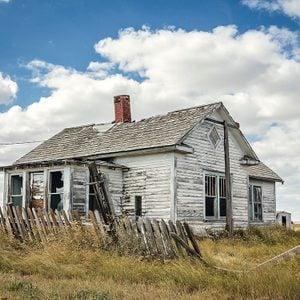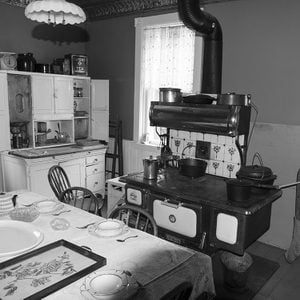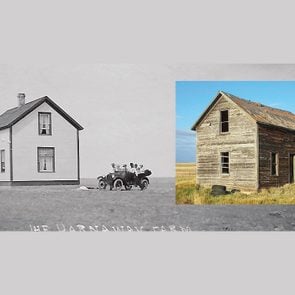I Grew Up in a Mail-Order House From the Eaton’s Catalogue
A century-old farmhouse holds many special memories for one family.
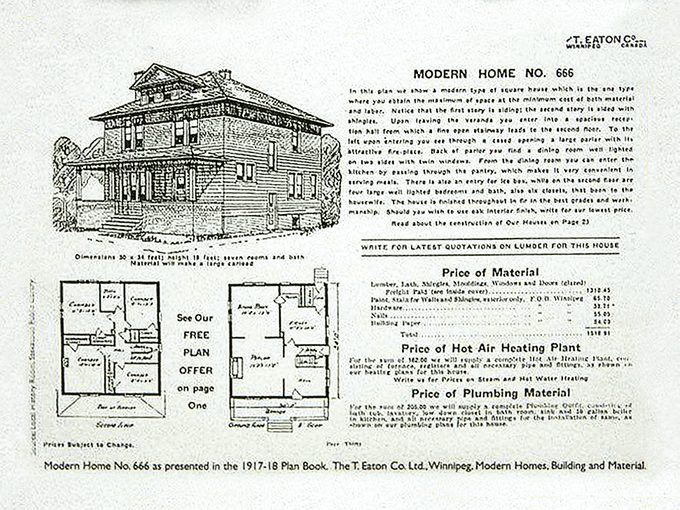
I was born and raised on the family farm near Monarch, Alberta. The first memories I have are of running around the huge living room of our “old house” as my brother Kelsey and I called it. My oma and opa (grandparents) lived across the yard in a newer home. I never really knew the significance of the home we grew up in until I was in my teens.
My parents told Kelsey and me that our home had originally been purchased by the previous owner of our farm, Mr. William J. Van Lohuizen, through the Eaton’s catalogue in 1918. It was listed as Modern Home no. 666 and cost $1,315.50; he paid an extra $14.35 for two extra doors and five windows, bringing the total price to $1,329.85. Lumber was ordered from British Columbia and the millwork done in Winnipeg. The home was not prefabricated, nor was the wood pre-cut. The Eaton’s home was shipped via rail to Monarch, where it was loaded onto a horse and buggy and brought two miles north to the Van Lohuizen farm.
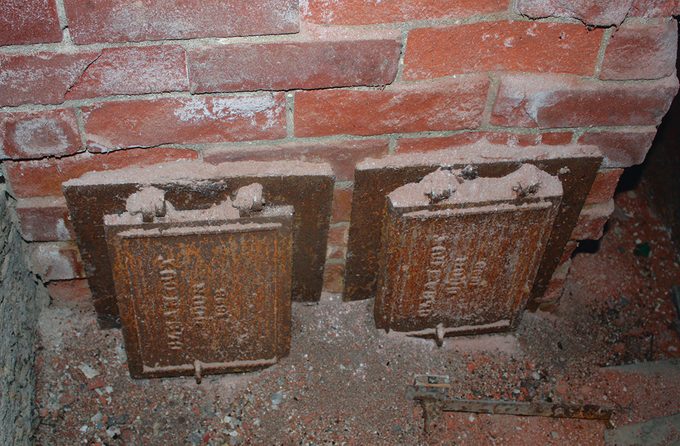
This particular modern home was a five-bedroom, two-pantry model (one pantry on the main floor and one upstairs) with a coal furnace and an outhouse. By 1953, the coal furnace was changed to gas.
In 1959, the farm was bought by my great-grandparents Gerrit and Gezina Bolink from Mr. Van Lohuizen. Ever since then, it has stayed in the Bolink family, passed down through the generations.
In 1997, my parents Chris and Kathleen, Kelsey and I moved into the big “old house” and lived there until 2007. At that point, Oma and Opa moved from their “new“ home on the farm to Nobleford, Alberta, and we moved into their home.
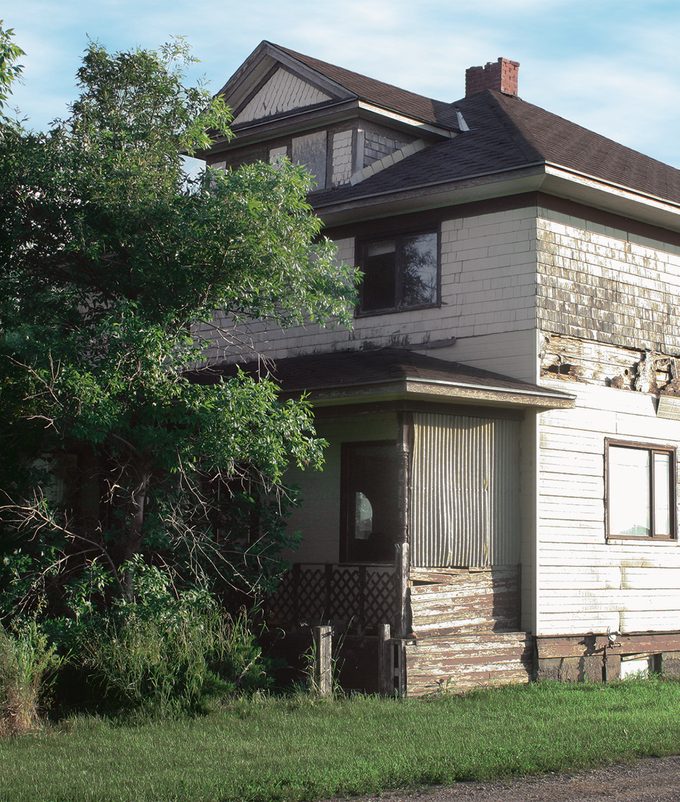
From then on, the old house sat empty, becoming a storage area for old furniture and various items we collected for when Kelsey and I would eventually move out. Kelsey even turned the kitchen into a motorcycle repair shop for a while, and used a space heater in the winter to get his work done.
One summer, following a heavy rain, the basement filled with water. My dad tried to dig a hole in the dirt floor for a sump pump to sit in. It seemed, however, that he kept hitting something very hard. Upon further investigation, it appeared that he was hitting the big beams that supported a battery table; before the house had electricity, a windmill in the yard powered batteries that sat on a large, heavy table in the basement. When the wind howled, we could sometimes feel the house rock back and forth. If you looked in the corner of the rooms afterwards, there were tiny piles of sawdust insulation falling from the walls.
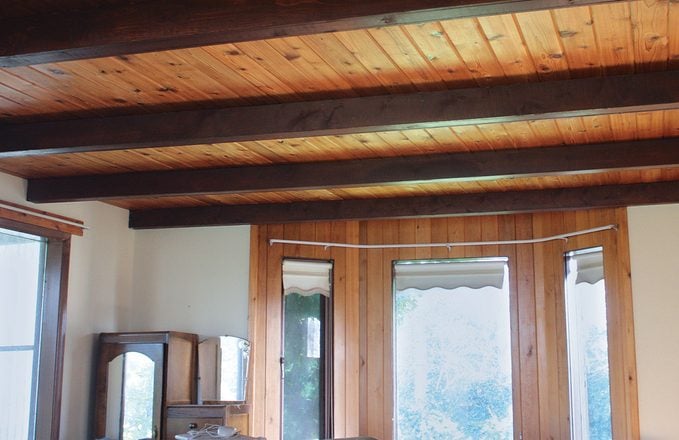
The old house has been up for sale for many years. There has been interest from a few families at various times, but moving costs didn’t make the home worth relocating. My parents wanted to donate the home to the Prairie Tractor and Engine Museum in Picture Butte, Alberta, but they turned down the offer as they had other projects on the go at the time.
Last year, my parents were approached by the Great Canadian Plains Railway Society near Stirling, Alberta, about moving the house and making it an addition to their property. Plans are currently in the works to obtain the necessary grants, as well as to line up the proper channels to move the home in the future, if all goes well. The society hopes to fully restore the house into a liveable state to be used as a groundskeeper’s house.
The old house recently turned 100 years old. It isn’t what it used to be in its glory days, but it’s an honour to say that this house was once my home. It will always hold the best of my childhood memories.
Next, read the heartwarming story of how Andy’s Chinese food became the best in east central Alberta.
